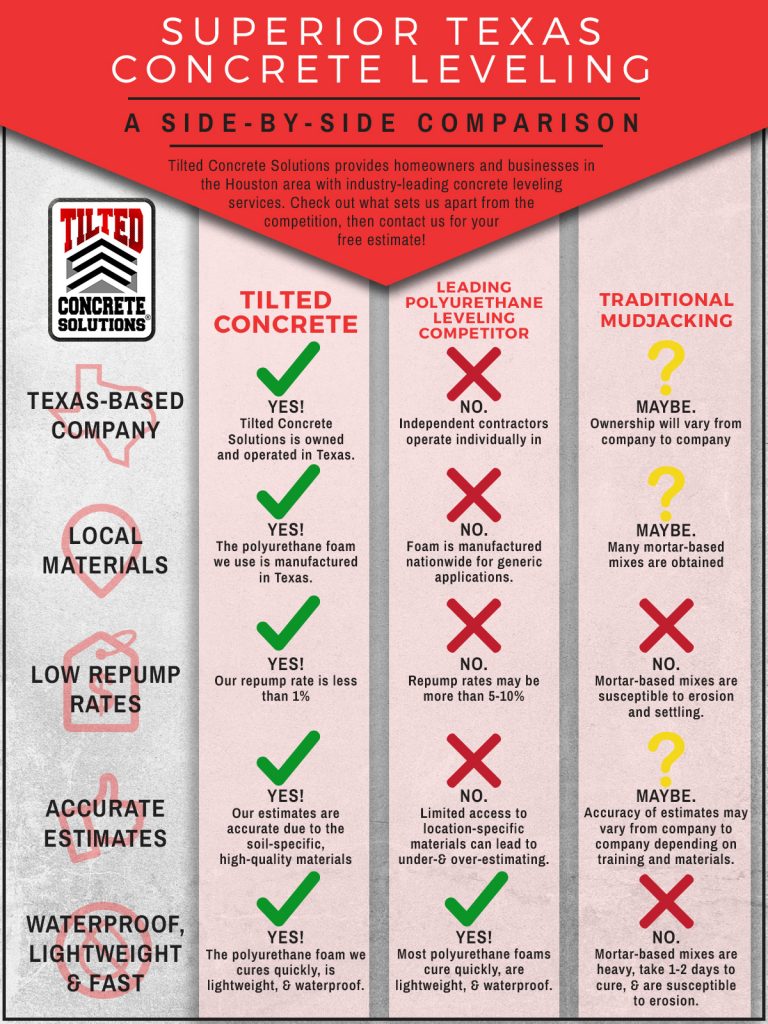Comprehending Seasonal Influences On Commercial Exterior Paint: Vital Expertise For Success
Comprehending Seasonal Influences On Commercial Exterior Paint: Vital Expertise For Success
Blog Article
Material Writer-Doherty Rodriquez
When you're intending an industrial exterior paint job, seasonal variables can make or break your outcomes. You'll want to consider how temperature level and humidity effect paint application and drying times. Selecting the best season can guarantee your paint adheres correctly and lasts much longer. However which seasons are really the best for this sort of work? Let's explore the key elements that can impact your project's success.
The Influence of Temperature Level on Paint Application
When you're preparing a commercial outside painting job, the temperature level can dramatically influence exactly how well the paint adheres and dries.
Ideally, you want to repaint when temperature levels vary in between 50 ° F and 85 ° F. If it's too cool, the paint might not cure effectively, leading to problems like peeling or fracturing.
On the other hand, if it's also hot, the paint can dry as well promptly, stopping correct attachment and resulting in an uneven surface.
You should also consider the moment of day; early morning or late afternoon supplies cooler temperature levels, which can be extra beneficial.
Constantly inspect the manufacturer's suggestions for the details paint you're using, as they usually offer guidance on the perfect temperature range for optimal results.
Moisture and Its Effect on Drying Times
Temperature isn't the only environmental element that affects your commercial external painting task; humidity plays a significant duty too. barn roof painters can slow down drying times drastically, influencing the general quality of your paint job.
When the air is saturated with wetness, the paint takes longer to heal, which can lead to concerns like bad attachment and a greater risk of mold development. If https://lorenzojsajs.tkzblog.com/34217291/renew-your-home-experience-the-change-that-comes-with-expert-house-painting-services on an especially damp day, be gotten ready for prolonged delay times in between coats.
It's crucial to keep track of regional climate condition and plan accordingly. Ideally, aim for moisture levels between 40% and 70% for ideal drying out.
Keeping these factors in mind guarantees your project stays on track and provides a long-term surface.
Best Seasons for Commercial Exterior Paint Projects
What's the best season for your commercial external paint projects?
Spring and very early loss are typically your best options. During these seasons, temperatures are mild, and humidity degrees are typically lower, creating excellent problems for paint application and drying out.
Avoid summer's intense heat, which can create paint to completely dry also promptly, resulting in inadequate bond and coating. Similarly, winter months's cold temperatures can hinder proper drying and healing, running the risk of the durability of your paint job.
Go for days with temperatures between 50 ° F and 85 ° F for optimum results. Bear in mind to examine the neighborhood weather report for rainfall, as damp problems can destroy your task.
Planning around these aspects guarantees your painting project runs smoothly and lasts longer.
Verdict
In conclusion, preparing your industrial external painting projects around seasonal considerations can make a considerable distinction in the result. By scheduling work during the ideal temperature levels and humidity levels, you'll make sure far better bond and drying out times. Remember to watch on local weather report and choose the correct time of year-- springtime and very early loss are your best bets. Taking these steps will assist you accomplish a long lasting and specialist surface that lasts.
